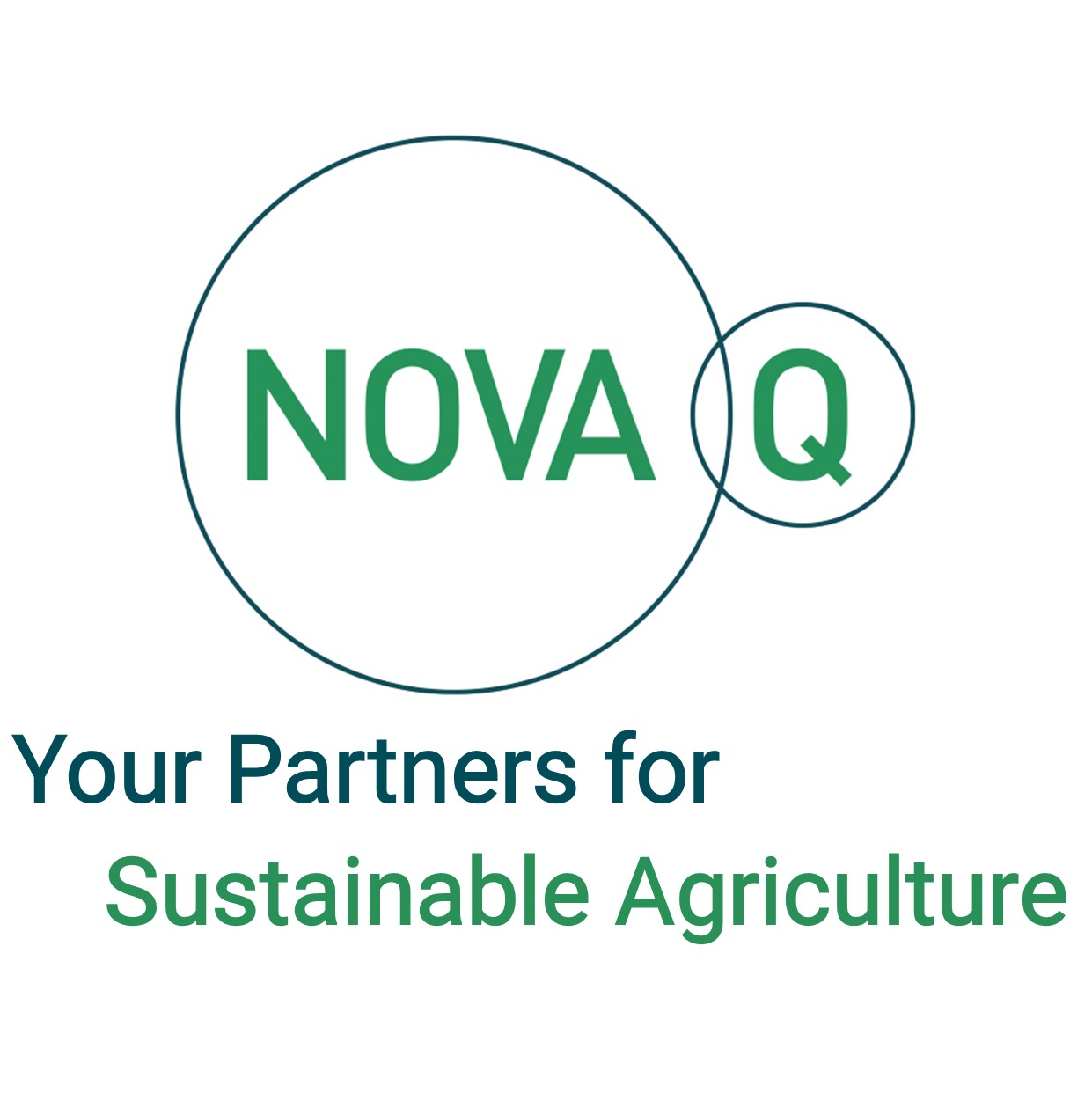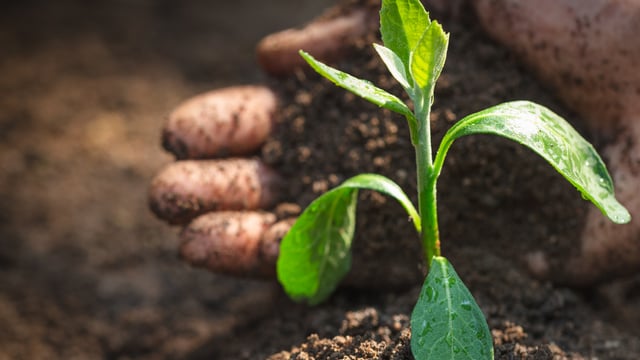How much money is cattle and pig slurry worth in nutrient terms?
The amount of money that cattle and pig slurry is worth in nutrient terms when compared to purchased chemical fertiliser alternatives is a good statistic to use to realise the financial value of organic fertilisers produced on-farm.
Slurry is a readily available by-product of cattle and pig production systems in Ireland, and is an effective organic fertiliser that can replenish nitrogen (N), phosphorus (P) and potassium (K) reserves in soils on Irish farms.
Field trafficability this spring has been much better than in the last few years, allowing for a good opportunity to graze-off silage ground and get slurry out for an early cut of silage.
At a recent Teagasc beef farm walk, the authority's advisors highlighted the amount of money that 1,000 gallons of cattle and pig slurry is worth when compared to purchased chemical fertilsers.
Nutrient values of slurry will vary from farm to farm, and farmers can test the value of the slurry on their own farm by collecting a 1L sample of agitated slurry and sending it to an analysis laboratory for nutrient testing.
Remember, it is important to exercise extreme caution if collecting a slurry sample and adhere to health and safety advice.
The table below details the Teagasc guide N, P and K contents of 1,000g of cattle and pig slurry and their values when compared to chemical fertiliser alternatives:
| N | P | K | Value | |
|---|---|---|---|---|
| Cattle slurry: | 9 | 5 | 32 | €30/1,000g |
| Pig slurry: | 19 | 7 | 20 | €35/1,000g |
As a general rule of thumb, 1,000g of cattle slurry has an N:P:K content of approximately 9:5:32 and, based on current fertiliser prices, is worth approximately €30/1,000g.
Meanwhile, 1,000g of pig slurry has a nutrient value of approximately 19:7:20 and, based on current fertiliser prices , is worth approximately €35/1,000g.
Where soil fertility levels are optimum, 3,000 gallons/ac of good-quality cattle slurry (6% Dry Matter (DM)) will supply sufficient P and K levels to grow a crop of grass silage, according to Teagasc.
A crop of grass silage will remove approximately 4kg P and 25kg K /tonne of grass DM.
As farmers will know nitrogen is the key driver of grass yield and recently reseeded swards will have a 25% higher N demand than older pastures.
A crop of grass silage (5t/ha of DM) will require 125 kg N/ha (100 units/ac) according to Teagasc, which is traditionally applied through a combination of slurry and chemical N.
Grass silage will take up 2.5kg/ha/day of N (2 units/day) on average therefore apply total nitrogen 50 days before cutting to ensure full crop N utilisation.
Where N application is delayed, it should be reduced on a pro-rata basis.
Farmers should select the target cutting date and multiply the number of days from the N application to the target cutting date by two to identify the N application volume required.





